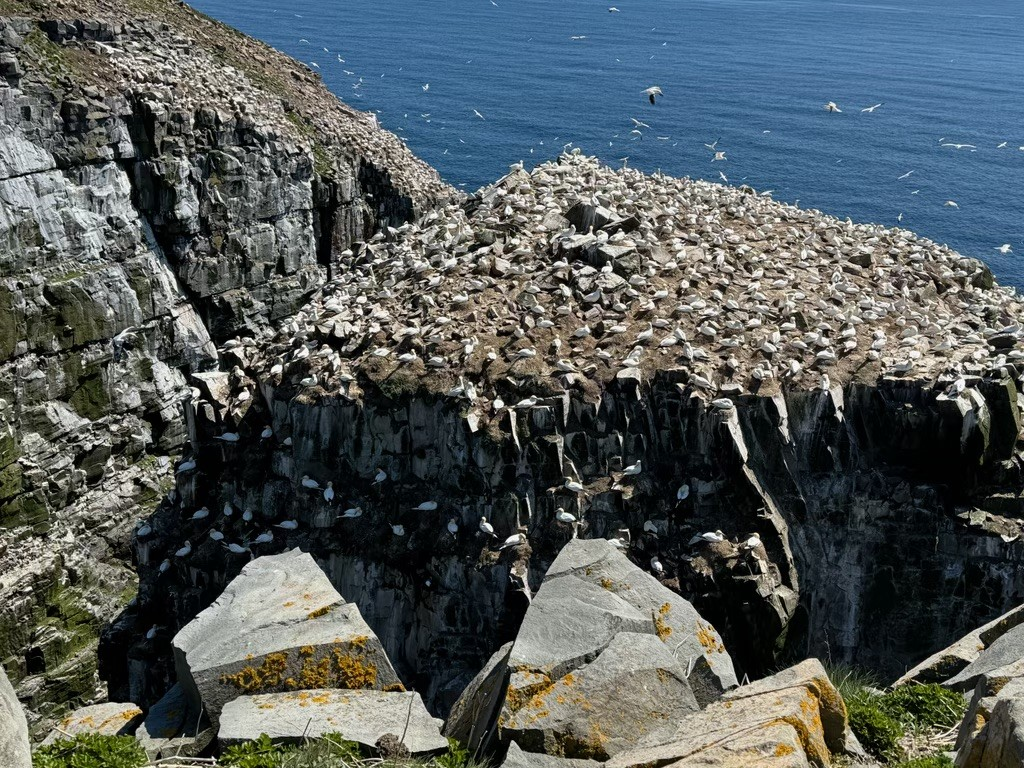
On the second leg of Targa, teams will motor to the scenic and historic Cape Shore. Teams will tackle a long, fast, closed stage from Point Verde to the fishing village of St. Bride’s on a road with a multitude of curves, straights and elevation changes as it follows along the cliffs and down into the river valleys. Then they’ll attack the narrow, winding road to the Cape St. Mary’s bird sanctuary before heading to Gander for the final stage of the day.
For those who arrived on the ferry from North Sydney, Nova Scotia to Argentia, they’ve already experienced some of the area. During the Second World War, British Prime Minister Winston Churchill and U.S. President Franklin D. Roosevelt signed the Atlantic Charter in Placentia Bay. The United States built McAndrew Air Force Base in Argentia and the base operated from 1941 to 1994 with thousands of American military personnel stationed there over the years. Today the area is involved in offshore oil exploration and renewable energy.
The town of Placentia, originally named Plaisance, was the French capital of Newfoundland in the 17th and 18th centuries when the French and English battled for military dominance in North America. At the Castle Hill National Historic Site are the remains of an old French fort with a fantastic view of the town and the ocean. Another attraction is the O’Reilly House Museum, a Balustrade Queen Anne Victorian Magistrate’s home that has been restored to its original grandeur.
A few of the recommended restaurants in Placentia include Hoi Pun, The Harold Hotel and Restaurant and The Three Sisters Pub and Eatery.

The charming fishing outport of St. Bride’s is named after Saint Brigid Of Ireland, as original inhabitants of the community were Irish Catholic. Situated about 170 km southwest of St. John’s, this community has a population of approximately 300 people. In addition to fishing, St. Bride’s has a long tradition of sheep farming. Targa teams and volunteers have enjoyed traditional Newfoundland dishes at Da Bird’s Eye restaurant.
Just past St. Bride’s, an hour south from Placentia is Cape St. Mary’s Ecological Reserve, the most accessible and spectacular seabird colony in North America. Here, just 50 feet from the clifftop viewing point, nest thousands of northern gannets – beautiful birds with a wingspan of over six feet – crowded atop a 200-foot-high sea stack called Bird Rock. Razorbills, murres, and other seabirds also nest at the reserve. If you have a question, ask one of the interpretive guides, who also lead nature hikes, or drop into the interpretation centre.
Visit the Newfoundland & Labrador Tourism website for great travel tips and check out the Our Communities page to learn about all the places that host the rally.

(Photo: Sam Heron)
